Why Petite Models are Gaining Ground at Agencies And On The Runway
Increasing Inclusivity in the Fashion Industry Has Things Looking Up for Petite Models
Why is the fashion industry ignoring the petite market despite its massive size? The short answer is: it’s not, but it has a long way to go. In recent years, diversity has become much more important for brands and agencies, and petite models are slowly getting some of that attention starting with people like Chelsea Werner.
Standing at 4’9’’, Chelsea Werner was born to compete. Chelsea, who was diagnosed with Down Syndrome as a baby, is a true powerhouse. She’s someone who will inspire you even on your toughest days. When the Special Olympics gymnastics program was shut down in Northern California, Chelsea started competing against her non-disabled peers in USA Gymnastics, training up to sixteen hours a week when she wasn’t getting the scores she wanted. In 2012 the Special Olympics announced its first National Gymnastics Championships, and given Chelsea’s training over the years with USA Gymnastics, she was ready: she won gold that year, and for three years after. Needless to say, she is flexible, but not just physically - in her career, too. In 2016, she was featured in an ad campaign for H&M then started runway modeling at New York Fashion Week for FTL Moda. Chelsea says that her experience performing and being judged in gymnastics helped her on the catwalk: “I love the spotlight and I’m very comfortable with it.” She recently shot for Aerie’s #AerieReal campaign, and she believes that more brands should shoulder the responsibility for inclusivity. “It’s raising the bar on diversity” Chelsea says, “and I’m really hoping that other brands see that everyone wants to be represented and recognized for their unique beauty.” Now, Chelsea is represented by We Speak, an agency that seeks to create positive change in the fashion world and selects each model for her positive outlook, healthy lifestyle, and unique features. She loves working with We Speak because they “protect and advocate for all their models.”
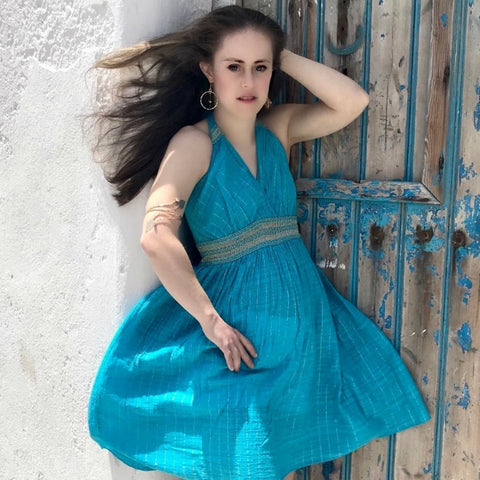
Petite models have gained ground through agencies like We Speak that focus on promoting diversity. Although 15% of We Speak’s models are under 5’5’’, founder and CEO Briauna Mariah isn’t interested in labels: “It’s important for We Speak to represent models from all walks of life so we can show that beauty does not fit into a box. We Speak advocates for inclusivity and celebrates what makes us different.” In 2013, Briauna was feeling frustrated by the way she was treated as a model in NYC. “...I decided to take a step back. I wasn’t paid on time or treated the way I deserved to be treated. I kept seeing these recurring issues and wanted to do something about it.” The “something” turned out to be We Speak, an agency with an ambitious vision: “We won’t stop until every woman realizes she’s already beautiful.” Scrolling through We Speak’s models, both beauty and diversity are on full display. Their petite models represent different sizes, abilities and ethnicities, and each has a bio next to her portfolio with a statement about her interests: Gina Sophia is an intersectional feminist attending Sarah Lawrence for international politics and ethnic studies, Jessica Hoppe is the founder of a New York-based blog for fashion forward Latinas called Nueva Yorka, and Iris A is a “business woman of many trades, master of none” who uses a wheelchair due to Cerebral Palsy Diplegia.
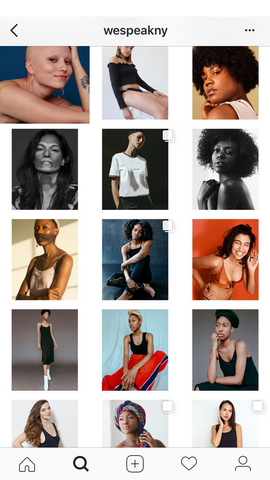
We Speak’s Instagram is representative of their commitment to inclusivity
But agencies like We Speak are not the only ones waking up to the potential of petite models. State MGMT added a petite section to their website relatively recently because Emily Pennachio, now the manager of petite models at MGMT, advocated for the inclusion of petites. When she started working at State MGMT, petite models were off somewhere in a dusty corner: not featured on the company’s website, and the women would only get work when clients specifically requested a petite model. Although she isn’t petite herself, Emily saw the opportunity for State MGMT to become an agency that represented niche boards and began to bring in petite models who suited her vision. Today, Emily says, the petite section is thriving by representing models that clients can’t get at other agencies. Sixty bright, vivacious petite models call State MGMT their home. Emily sees an increase in modeling’s inclusivity, both for petites and other non-traditional models: “I believe the barriers are being broken more and more everyday. The Curve side of the business has been booming and it’s so nice to see a change being made and not leaving. It’s only a matter of time for the Petite models to get the attention they deserve; the inclusivity is definitely there and steadily growing.”
A few petite models from State MGMT
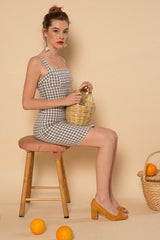
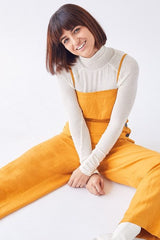

Despite all of the work that women like Emily and Briauna have done, a woman who wants to become a petite model has a long, tough road ahead of her. Jennifer Hall, who works as an independent petite model and looks to vintage petites like Elizabeth Taylor and Vivien Leigh for inspiration, says that the state of inclusivity for petites “is getting better, but at a painfully slow pace. There is much more diversity in modeling now. This is specifically in regard to body shape and ethnic diversity, but height still seems to be a big hang up with a lot of agencies.” Carolyn Jean, a 5’3’’ We Speak model and photographer, says that being a petite model excludes her from certain areas of the fashion world: “Sometimes I believe it’s actually easier to break into other forms of modeling outside of traditional high fashion modeling for models like me. Most of the time I model for everything besides high fashion!” Everything besides high fashion usually means commercial and beauty work, which are more accessible to petite models because they don’t emphasize height. According to Emily, petites tend to steadily book work in shoe markets because they prefer models who wear a six or seven. Briauna notes that runway modeling is still the biggest hurdle for petite women “height has become a part of the beauty ideal over the years and is just ingrained in the fashion industry, especially during fashion week. And, as we know, fashion doesn’t like to change its ways.”
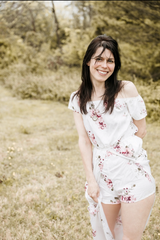
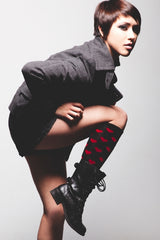
And although we still don’t see a ton of short women on the runway, petite models like Chelsea Werner are beginning to hold their own. In a Mic article titled “The Rise of the Very Short Model”, Rachel Lubitz writes that “over the past few months, more and more models who are Kate Moss’ height and shorter have started breaking into the industry.” Some of the major players include Amina Blue (5’1’’) who walks for Yeezy, Lily-Rose Depp (5’3’’), the new face of Chanel, and Tess Holiday (5’3’’), a model who represents plus as well as petite demographics and walked for a number of plus-sized designers including Ashley Nell Tipton. But, as Lubitz points out, just because we see more petite models included doesn’t mean petite women are being equally represented. Most of the shorter models being cast are already famous and have an extremely strong following on Instagram, so it’s not as though brands are taking a big risk to hire them. And models like Holliday, whose Instagram account @effyourbeautystandards is a tower of body positivity strength, are only being represented at plus-sized shows. Cherry-picking famous starlets and barring gorgeous full-figured women from mainstream shows doesn’t get you much credit for representation.
Inclusivity for petite models is complex and difficult to achieve. Agencies like We Speak and State MGMT are working hard to tear at the prejudices that still dominate the fashion industry and our broader culture. What are your thoughts on where the industry stands today and where it’s headed? Share your thoughts in the comments below.
